The Highlands has just been rocked by the largest ever UK wildfire near the village of Cannich.
Located around 45 minutes drive south-west of Inverness, it started on Sunday afternoon but is still burning six days later.
A section of land 18,285 acres large has been destroyed, with images of a 22-mile-long plume of smoke being captured by Nasa from space.
Footage shared from a RSPB helicopter shows the flames stretching into the horizon.
The scale of the destruction has left Highland communities wondering, could climate change cause more wildfires to be on the way?
An academic who researches and studies wildfires has been weighing in on what it will mean for the Highlands.
Thomas Smith, an assistant professor in environmental geography at the London School of Economics, believes climate change is playing a role in creating more wildfires.
Will Highland wildfires become more common due to climate change?
He told The Press and Journal: “Climate change is leading to longer dry spells, like the those we’ve seen this year in Scotland, and frequent heatwaves.
“Both of these play a role in determining ‘fire behaviour’, which describes how fast a fire spreads and with what intensity.
“If fires are spreading faster, they are likely to burn over exponentially larger areas, which might explain the number of large fires we’ve seen already this year, especially in Scotland.
“These dry spells and heatwaves in the summer are happening more often because of climate change, and are likely to continue to be more frequent in future.”
But spring is by far the most common time for wildfires in Scotland, according to SFRS data.
Mr Smith explained: “Once the heather greens up, the moisture in the plant leads to a more fire-resistant landscape.
“Heat plays a role, as this helps to dry out the dead fuels and the heather shrubs while they are in their spring stage.”
How well did the fire service respond to the Cannich wildfire?
Due to the rising threat of wildfires, the ability of the SFRS to respond has come under great scrutiny.
Scotland has lost 1,100 firefighters since 2013.
The Fire Brigades Union (FBU) has warned these cuts will reduce fire cover and has urged the government to invest in the fire service to continue the fight against wildfires.
Mr Smith said: “Given the weather conditions and the terrain, it looks like the SFRS did a fantastic job with the Cannich wildfire.
“The head fire was over a mile long according to the satellite imagery, and yet in the space of a few hours on Tuesday afternoon, the fire was brought under control with a limited number of personnel.
“The combination of well-trained personnel, water bombing from helicopters, and suitable off-road vehicles on the ground were crucial to fighting this fire and stopping it spreading any further, as it had the potential to spread much larger than its final extent.”
Mr Smith believes most improvements in fighting wildfires have been made following training trips to Spain, California, and South Africa, to learn from more experienced teams there.
The use of drones and other technology to capture the location of fires and their behaviour is also becoming more prevalent.
What caused the Cannich wildfire?
The Scottish Fire and Rescue is investigating what caused the blaze, while Forestry and Land Scotland believe it may be linked to wild camping in the area.
Firefighters previously attended fires on four separate occasions near Cannich since last Tuesday.
Due to increasing numbers of tourists to the Highlands, camping has become more popular in recent years.
Mr Smith said: “It’s important to understand that almost all of the fires in the UK are started by some form of human activity, either intentionally or accidentally.
“Better education around the use of barbecues and open fires is always welcome, although I think we need to move to a system that could ban the use of all open fires – including barbecues – under the most extreme fire weather situations.
“Cigarettes should be fully put out, ideally in water.”
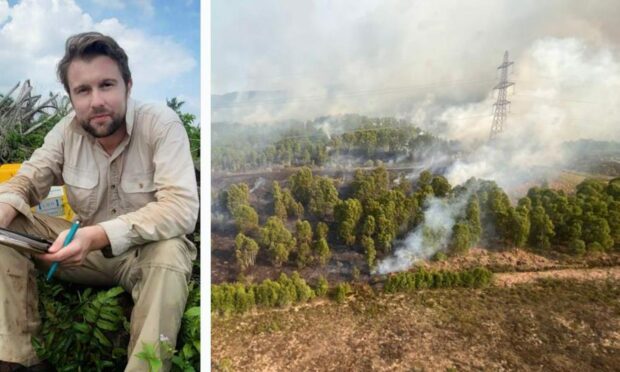
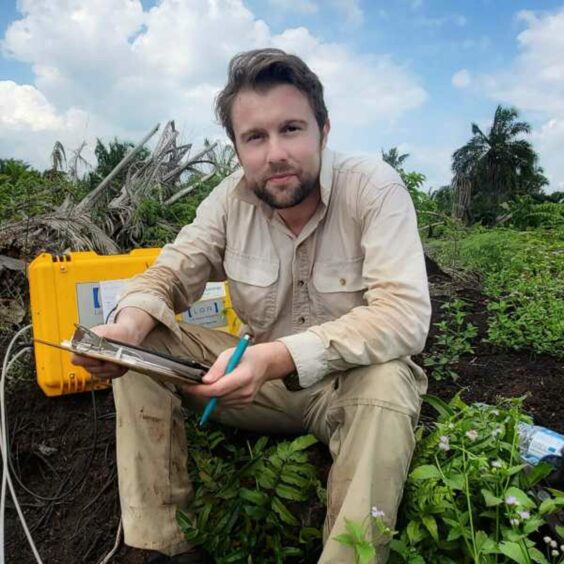
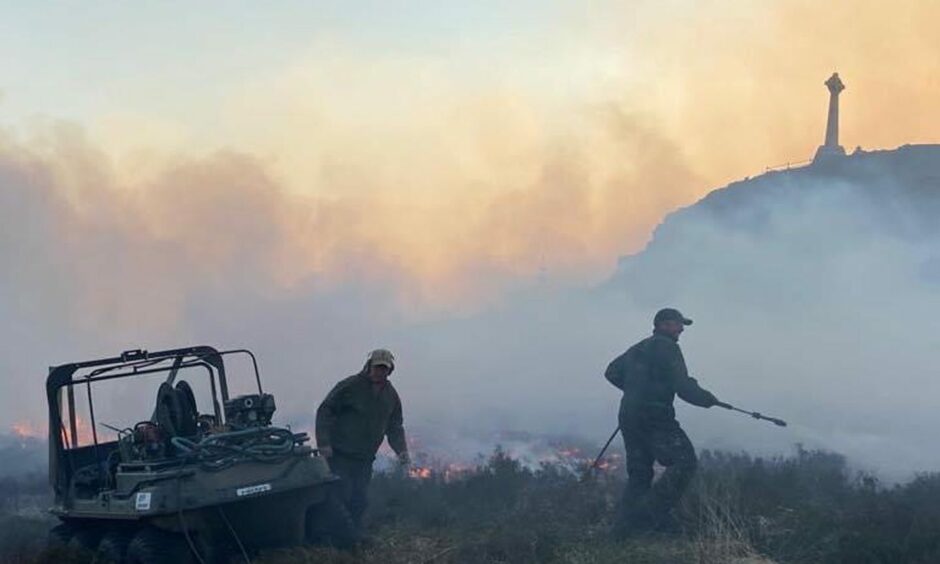
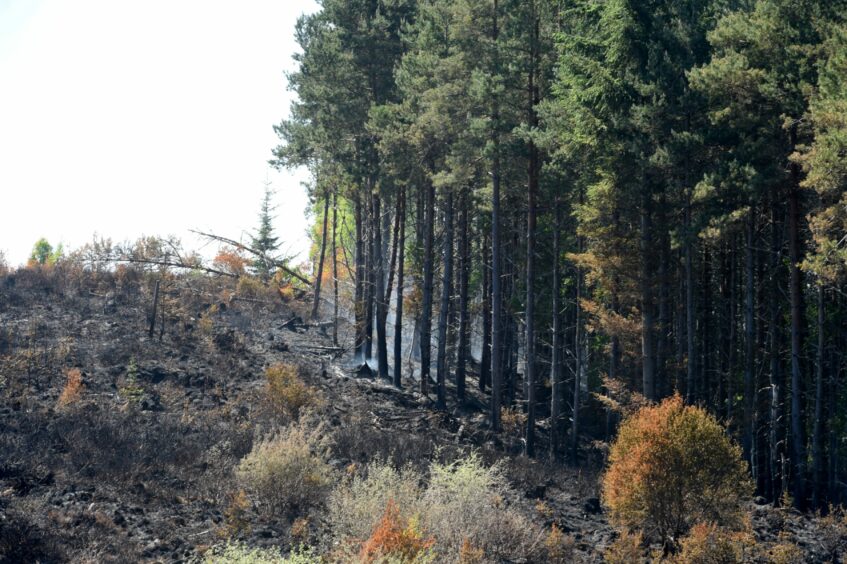
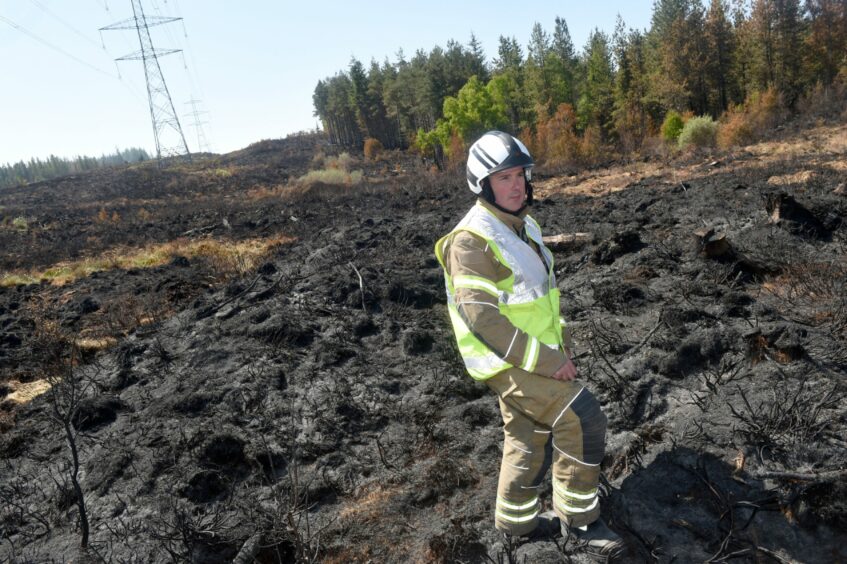
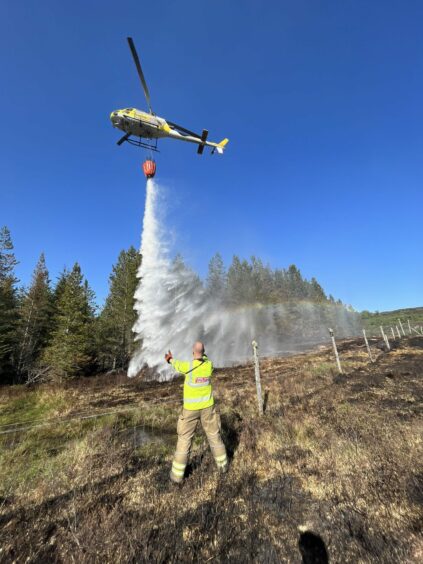
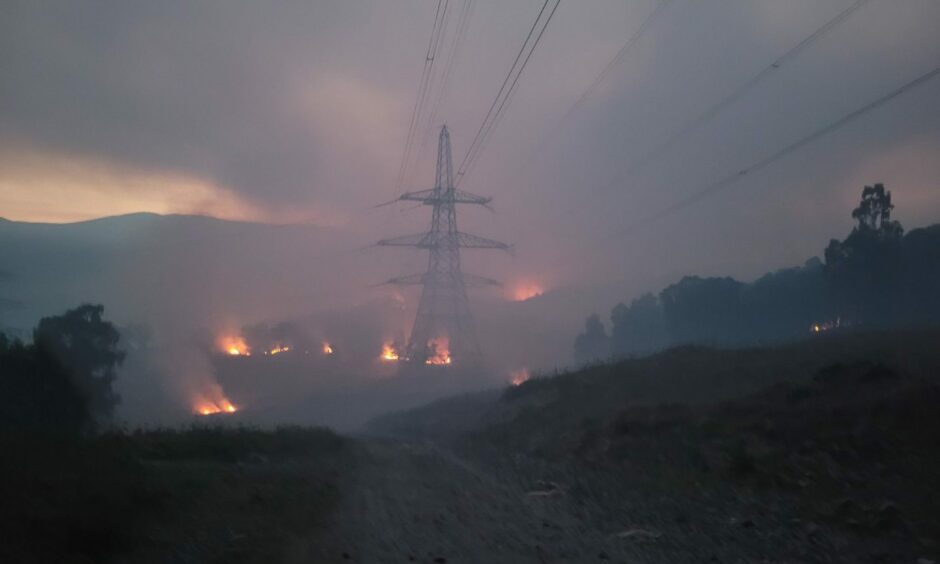










Conversation